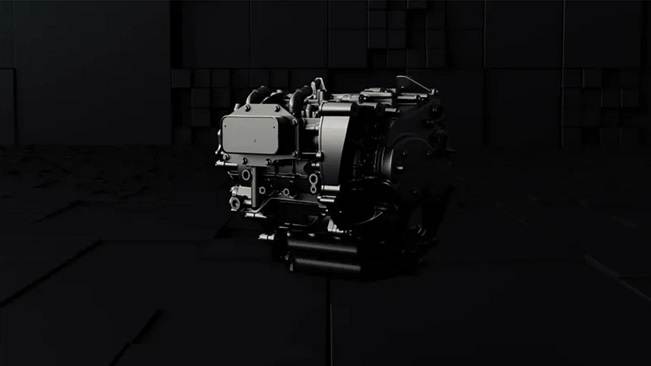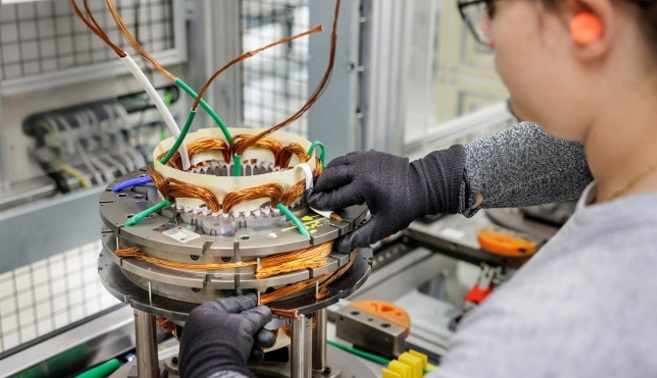Renault presents its new generation electric motor: more powerful, efficient, and compact, free of rare earths, and 800 volts.
Renault has presented its new third-generation electric motor, which will hit the market in 2027. Still in the prototype phase, this unit (called E7A) has been developed jointly with the specialist Valeo. It is characterized by being more powerful and efficient than the fuels currently used by the rhombus firm. Furthermore, it does not use rare earths.

The partnership between both giants, which dates back to 2021, has resulted in a more compact and sustainable engine. Valeo has provided the stator, while Renault has been responsible for developing the rotor. Not in vain, the French group defines itself as a pioneer and leader in wound-rotor synchronous electric motors (EESM, Electrically Excited Synchronous Motor).
The E7A engine boasts an “all-in-one” architecture, being 30% smaller despite offering power equivalent to the engines equipped with the Megane E-TECH and Scenic E-TECH. The company also highlights that its carbon impact is reduced by 30% by using a rare earth-free rotor.
Compared to permanent magnet technology, a wound rotor performs more excellently. On the other hand, it protects the company’s independence from countries that produce rare earths and magnets. Another interesting point is that it will work at 800 volts. Using a higher voltage electrical system will shorten battery charging times.
The E7A engine could debut with the sixth-generation Megane
The new engine will offer up to 272 HP (200 kW) power. In addition, it will use Hairpin technology to assemble copper cables, a Valeo specialty since 2010. Large-scale production is expected to begin at the end of 2027 at the Renault Group plant in Cléon, north of France.

Without official confirmation, everything indicates that its debut will occur with the sixth-generation Megane, which, like the current one, will be manufactured in Douai. By 2031, the French brand wants to have four electric models in the C segment (the sixth generation Scenic and the replacements for the current Espace and Rafale), all based on the same platform defined by new-generation software.
It is still being determined if it will reach its B segment proposals and other brands of the group, such as Alpine or Dacia. Of course, partners such as Nissan or Mitsubishi will benefit from this development, as they are shareholders of Ampere, Renault’s electric car division.
Related Post
